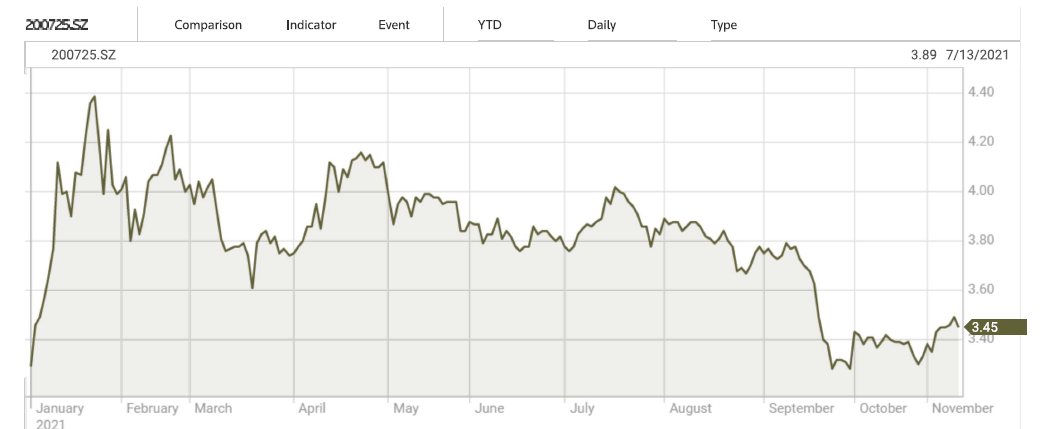Spite & Malice
It seems that BOE has refused to accept Samsun’s royalty terms after 6 months of negotiations, and Samsung has therefore reduced the number of display panels it has purchased from BOE, and recent publicity surrounding an upcoming visit to Samsung by the chairman of TCL (000100.CH), seems to indicate that other panel producers have sensed an opportunity and are looking to fill the gap in Samsung’s panel purchases left by the BOE reduction. TCL is the owner of Chinastar (pvt) China’s 2nd largest panel producer, in whom Samsung Display has a 12.33% stake taken when they sold their Suzhou LCD fab to Chinastar in 2020.
While we expect there is the potential for the BOE/Samsung royalty issue to me a motivating force behind a reduction in panel purchases from BOE by Samsung, we note also that Samsung has severely reduced its panel purchases from all of its display suppliers for the month of July as it tries to reduce panel inventory across its supply chain. Whether the supposed BOE reductions were in line with this plan or whether they included additional cuts as a result of the royalty disagreement remains an open question, although the push by TCL/Chinastar seems more like the latter, as a trip to Samsung by TCL’s chairman would seem unlikely if it were just to fill a short-term gap in production. It will be hard to discern the split until we see BOE sales numbers for July and compare them against reductions from other suppliers, particularly Chinastar, but if BOE’s sales look worse than others, we can then make the assumption that additional reductions were made as a result of the rancor between the two, and could continue for the remainder of the year.



 RSS Feed
RSS Feed